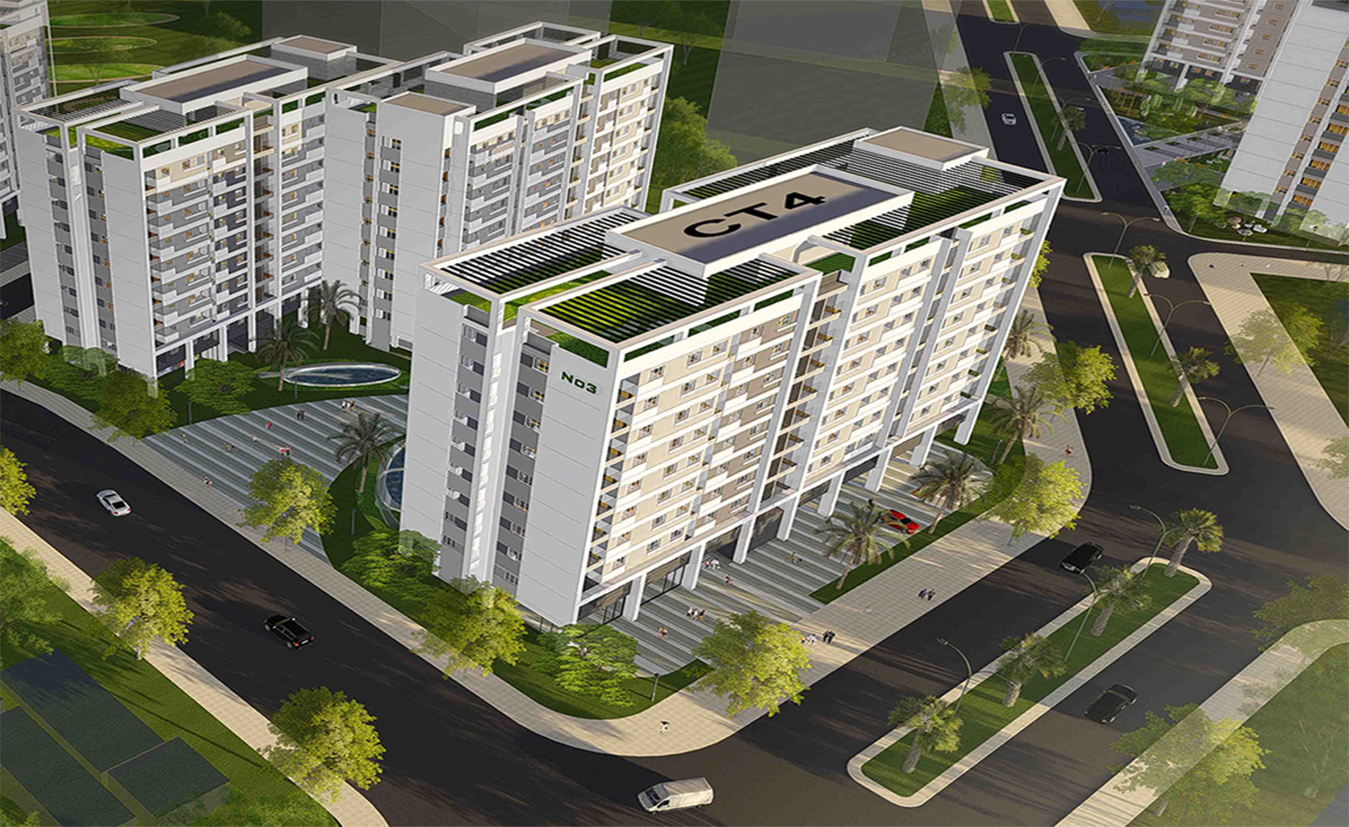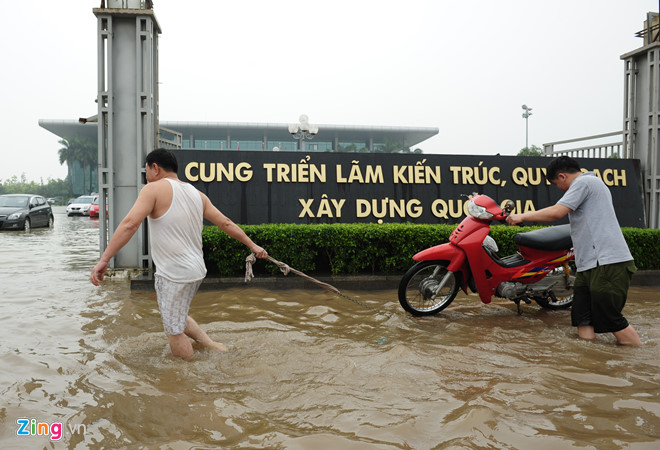On November 29, 2013, the National Assembly passed the Land Law 2013, which will take effect from July 1, 2014. Compared to the Land Law 2003, the amended Land Law consists of 14 chapters with 212 articles, increasing by 7 chapters and 66 articles.

Land Law has the following important new points:
First, the amended Land Law stipulates the determination of land type according to one of the following bases: Certificate of land use rights, Certificate of house ownership and homestead land use rights issued before December 10, 2009; Certificate of land use rights, house ownership, and other assets attached to the land; Papers on land use rights specified in Clauses 1, 2, and 3, Article 100 of this Law for cases where no certificate has been issued as specified in Clause 1, Article 11; Decision on land allocation, land lease, and permission to change land use purposes by competent state agencies for cases where no certificate has been issued before December 10, 2009; For cases without the above-mentioned papers, the determination of the land type is carried out according to regulations of the Government of Vietnam.
Second, the amended Land Law concretizes the rights and responsibilities of the State regarding land as follows: Clearly stipulates the rights of the State regarding land such as the right of representing ownership, the right to decide on land use purposes, the regulation of land use limits, the duration of land use, the right to decide on land recovery and requisition, the right to decide on land prices, and decide on financial policies regarding land, etc.; at the same time, the Law also clearly stipulates the responsibilities of the State regarding land management such as: specifying 15 contents of state management over land; specific responsibilities of the State on land management; guarantees of the State for land users, the State's responsibilities regarding homestead land, agricultural production land for ethnic minorities, the State's responsibilities in building and providing land information, and the responsibilities of land officials at the communal level.
Third, the 2013 Land Law supplements the main contents in basic investigation and evaluation of land resources for economic and social development which the 2003 Land Law had not specifically stipulated, such as: preparing and adjusting cadastral maps; stipulating land investigation and evaluation activities, etc.
Fourth, the Law clearly and specifically stipulates principles, content, and the expansion of democracy and transparency in the process of making land use plans and planning; stipulates to ensure the rights of land users in the planning area such as: collecting people's opinions on national and provincial-level homestead land use planning through the public disclosure of planning content on the websites of the Ministry of Natural Resources and Environment, the provincial People's Committee; collecting people's opinions on district-level land use planning through organizing conferences, direct opinions, and public disclosure of planning content on the websites of the provincial and district People's Committees. The land use planning is detailed in stages such as: the basis for planning, responsibilities of organizing agencies, authority to appraise planning, authority to decide and adjust the planning, consulting to make the planning, publicizing, implementing, and reporting the implementation of the land use plan.
Fifth, the Law fully and clearly stipulates the subjects entitled to land allocation, land lease by the State, and conditions for land allocation, land lease, and permission to change land use purposes for investment projects.
Sixth, the Law specifies and adequately ensures transparency and benefits for those whose land is recovered, compensated, and supported for resettlement; Regarding land recovery, compensation, support, and resettlement, the law stipulates: "The State only recovers land for projects approved by the National Assembly; projects approved, decided by the Prime Minister of the Government of Vietnam, and certain cases reviewed by the provincial People's Council for land recovery.” Notably, the amended Land Law also stipulates strong measures to handle cases of not using allocated or leased land or using it slowly. That is: "Allowing a delay of up to 24 months compared to current regulations and the investor must pay a corresponding amount to the land levy and land rent during that period. If after 24 months the land is still not put into use, the State shall recover the land without compensation for the land and assets attached to the land." The Law details compensation issues for land when the State recovers homestead land such as principles of compensation when the State recovers homestead land: Land users whose land is recovered by the State, if they are eligible for compensation as specified in Article 75 of this Law, are entitled to compensation. Compensation is carried out by allocating land with the same use purpose as the recovered land; if there is no land for compensation, monetary compensation is given according to the specific land price of the recovered land type decided by the provincial People's Committee at the time of deciding land recovery. Compensation when the State recovers land must ensure democracy, objectivity, fairness, transparency, promptness, and compliance with the law.
Households and individuals using homestead land, overseas Vietnamese owning houses attached to land use rights in Vietnam, if eligible for compensation as stipulated in Article 75 of the 2013 Land Law, are entitled to compensation when the State recovers land as follows: In case there is no other homestead land and house in the commune-level town where the land is recovered, compensation shall be in homestead land or house; if there is no need for compensation in homestead land or house, the State compensates in money; In case there is other homestead land or house in the commune-level town where the land is recovered, compensation is in money. For localities with conditions on homestead land, consideration shall be given to compensation in homestead land. Households and individuals whose land is agriculturally connected to their houses and required to relocate due to land recovery but are ineligible for homestead land compensation, and have no other place to stay, the State shall sell, lease, lease-purchase houses, or allocate homestead land with land levy collection. Economic organizations, overseas Vietnamese, foreign-invested enterprises using land for housing projects, if eligible for compensation as stipulated in Article 75, shall be compensated for land. This issue will be detailed in the upcoming regulations by the Government of Vietnam. Additionally, the law stipulates support measures when the State recovers land, including: Supporting the stability of livelihood and production; Supporting training, job changes, and job search for cases of agricultural land recovery from households and individuals directly producing agriculture; recovery of homestead land combined with business services of households and individuals requiring relocation; Support for resettlement for cases of homestead land recovery of households, individuals, and overseas Vietnamese needing relocation; Other support (the National Assembly assigns the Government of Vietnam to detail this issue).
Seventh, the Law ensures the rights and interests of legal land users granted a Certificate of land use rights and assets attached to the land and ensures the implementation of the land-use rights. At the same time, it fundamentally addresses cases of land use rights certificates being issued concurrent with financial obligations to the State, ensuring equality between land users and political-social stability in rural areas. Regarding land registration, issuance of land use rights certificates, house ownership, and other assets attached to the land, the law stipulates: "Land registration for land users and those granted land is mandatory; registration of house ownership and other assets attached to the land is carried out as requested by the owner." The law also supplements provisions on initial registration, registration of changes, and land registration via the electronic network...
Eighth, the law approaches and comprehensively reflects land finance issues according to socialist-oriented market mechanisms under state management, ensuring the interests of land users, the State, investors, and maintaining social stability; conforming to the process of industrialization and modernization of the country. Some highlights on land prices include: The land price frame issued by the Government of Vietnam, periodically every 5 years for each type of land, in each region. During the implementation period of the land price frame, if the common market price increases by 20% or more compared to the maximum price or decreases by 20% or more compared to the minimum price in the land price frame, the Government of Vietnam adjusts the land price frame accordingly. Based on the land price frame issued by the Government of Vietnam, the provincial People's Committee develops and submits to the People's Council for approval of the land price table before issuing it. The land price table is developed every 5 years and publicly announced on January 1 of the first year of the period. During the implementation period of the land price table, when the Government adjusts the land price frame or the common market land price fluctuates, the provincial People's Committee adjusts the land price table accordingly.
Ninth, the Law extends the agricultural land allocation period for households and individuals producing agriculture; expands the land use right acquisition limit for households and individuals to meet the requirements of land accumulation for modern agricultural production in line with agricultural and rural development policies. To be specific: extending agricultural land allocation duration for households and individuals from 20 years to 50 years, unifying all types of agricultural land (annual crops land, perennial crops land, forestry land); allowing households and individuals to accumulate larger land areas (not exceeding 10 times the agricultural land allocation limit).
Tenth, the Law comprehensively and specifically stipulates the rights and obligations of individuals, households, and organizations using land according to each form such as land allocation without land levy, land allocation with land levy, or land lease… In addition, the Law ensures more equality in land rights and obligations between domestic and foreign investors, creating a mechanism to attract investment for economic development from foreign organizations.
Finally, the Law supplements the supervision, evaluation, and monitoring of land management and use. Citizens have the right to supervise themselves or through representative organizations and reflect violations in land management and use. The forms of supervision include direct supervision through reflections, sending petitions to competent authorities; or sending petitions to legally recognized representative organizations for these organizations to carry out the supervision. The monitoring and evaluation system for managing and using land is publicized for organizations and individuals to access information as provided by law.
From the effective date of Land Law No. 45/2013/QH13, the provisions of Land Law No. 13/2003/QH11 and Resolution No. 49/2013/QH13 dated June 21, 2013, of the National Assembly on the extension of the usage period of annual crops land, aquaculture land, and salt production land for households and individuals will be nullified.
Source: trogiupphaply.gov.vn
 Article table of contents
Article table of contents





.Medium.png)
.Medium.png)
.Medium.png)
.Medium.png)
